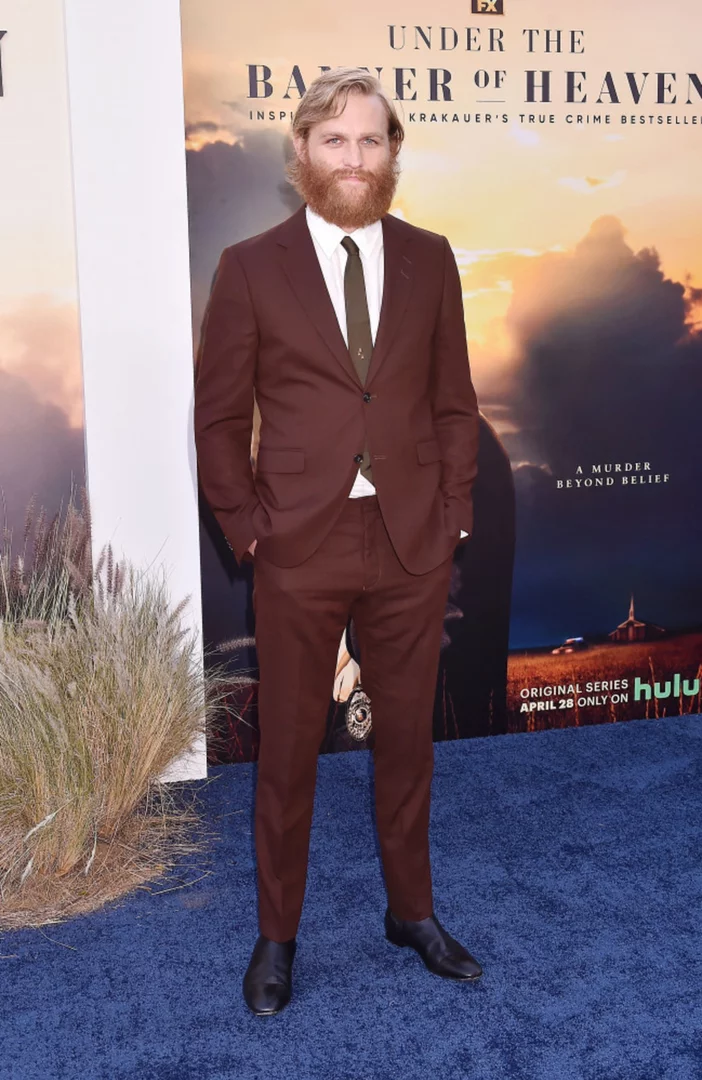The 1997 movie Contact, starring Jodie Foster and Matthew McConaughey, proved to be a solid hit for Warner Bros. But the film—directed by Back to the Future helmer Robert Zemeckis, and based on the book by Carl Sagan—resulted in a formal complaint being lodged by Bill Clinton’s White House.
The issue surrounded some footage of President Bill Clinton at a 1996 press conference, in which the then-POTUS was talking about a rock that was believed to have come from Mars. In the film, Zemeckis edited the footage to make it seem as if Clinton was talking about the messages that had seemingly come from alien sources.
Amongst the (verbatim) lines that ended up in the film were:
“If this discovery is confirmed, it will surely be one of the most stunning insights into our universe that science has ever uncovered. Its implications are as far-reaching and awe-inspiring as can be imagined. Even as it promises answers to some of our oldest questions, it poses still others even more fundamental. We will continue to listen closely to what it has to say as we continue the search for answers and for knowledge that is as old as humanity itself but essential to our people’s future.”
Which all fit the context of Contact—in which a scientist believes she has confirmed the existence of intelligent extraterrestrial life, and attempts to make first contact—rather well.
The only problem? The filmmakers apparently hadn’t asked permission to use Clinton’s remarks. According to Variety, a spokesperson for Warner Bros. maintained that the studio believed that it had been “completely frank and upfront with The White House on this issue”—they even sent over the scripts and a print of the finished film. But the complaint from the administration argued that the use of the almost-unedited material was “inappropriate” because policy “prohibits the use of the President in any way … (that) implies a direct … connection between the President and a commercial product or service.”
In specific relation to the argument that use of the footage was protected as parody and satire under the First Amendment of the U.S. Constitution, Clinton’s press secretary at the time, Mike McCurry, argued, “there is a difference when the President’s image, which is his alone to control, is used in a way that would lead the viewer to believe he has said something he really didn’t say.” (A First Amendment attorney and an intellectual property lawyer Variety consulted were split on the issue. Humphrey Bogart estate representative Edward Rosenthal, an IP lawyer, said, “Public figures have a right of publicity and privacy that prevents their images and likenesses from being used in commercial ventures and that applies just as much to the President of the United States. The real question is whether a motion picture is really a commercial use or protected First Amendment speech.”)
Warner Bros. did concede that it had no formal sign-off on using the footage. The White House did not seek to pull the film, or even have it re-edited; rather, President Clinton’s administration wanted to raise the issue of unauthorized use of his image—presumably to dissuade others from trying something similar in the future. The scene remains intact in all copies of the film.
Contact wasn’t the first time Zemeckis had included footage of a president in one of his films. In Forrest Gump (1994), the director had actor Tom Hanks as Gump digitally inserted into old footage, allowing him to interact with presidents John F. Kennedy, Lyndon B. Johnson, and Richard Nixon (as well as figures from pop culture like John Lennon).
The process of creating the clips required complex choreography and in some cases, took months to pull off; the visual effects work won Industrial Light & Magic, which created the effects, an Oscar in 1994. But George Murphy, supervisor of computer graphics at ILM at the time, acknowledged the complex issues created by the technology they had used: “In Forrest Gump, our manipulation of history was gentle and innocent. We didn’t change political views or do anything malicious,” he told the Tampa Bay Times. “What it does show, however, is the potential to do extreme things. ... Now we can no longer take any images for granted, and in a way, that’s good, because images for a long time have had the potential to mislead.”
A version of this story ran in 2015; it has been updated for 2023.
This article was originally published on www.mentalfloss.com as Why the Movie ‘Contact’ Annoyed Bill Clinton.









